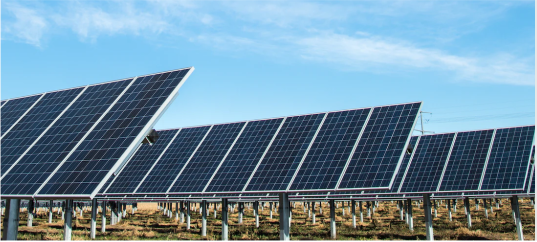
Research
Research and analysis to keep sustainable investors up to-date on a broad range of topics That include trends and developments in sustainable investing and sustainable finance regulatory updates, performance results and considerations, investing through Index funde and actively managed portfolios, asset allocation updates, expenses, ESG ratings and data, company and product news, green, social and sustainable bonds, green bond funds as well as reporting and disclosure practices, to name just a few
A continuously updated Funds Directory is also available to investors. This is intended to become a comprehensive listing of sustainable mutual funds, ETFs and other investment products along with a description of their sustainable investing approaches as set out in fund prospectuses and related regulatory filings
This article is part of premium content
To read full article, please log in or sign up for a free trial
Read More
This article is part of premium content
To read full article, please log in or sign up for a free trial
Read More
This article is part of premium content
To read full article, please log in or sign up for a free trial
Read More
Read More
This article is part of premium content
To read full article, please log in or sign up for a free trial
Read More
This article is part of premium content
To read full article, please log in or sign up for a free trial
Read More
This article is part of premium content
To read full article, please log in or sign up for a free trial
Read More
This article is part of premium content
To read full article, please log in or sign up for a free trial
Read More
This article is part of premium content
To read full article, please log in or sign up for a free trial
Read More
This article is part of premium content
To read full article, please log in or sign up for a free trial
Read More
This article is part of premium content
To read full article, please log in or sign up for a free trial
Read More
This article is part of premium content
To read full article, please log in or sign up for a free trial
Read More
This article is part of premium content
To read full article, please log in or sign up for a free trial
Read More
This article is part of premium content
To read full article, please log in or sign up for a free trial
Read More
This article is part of premium content
To read full article, please log in or sign up for a free trial
Read More
This article is part of premium content
To read full article, please log in or sign up for a free trial
Read More
Read More
Read More

